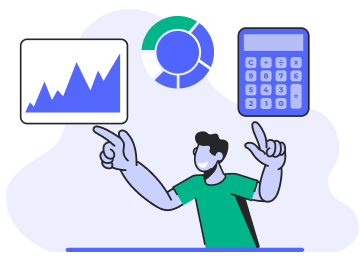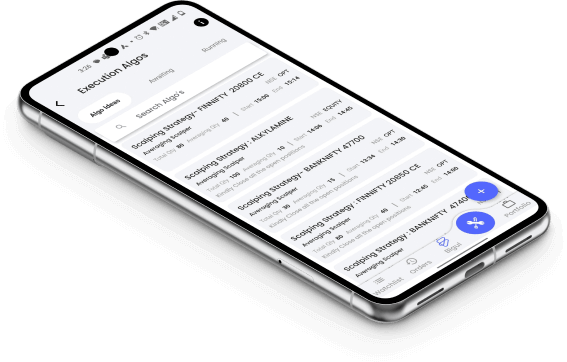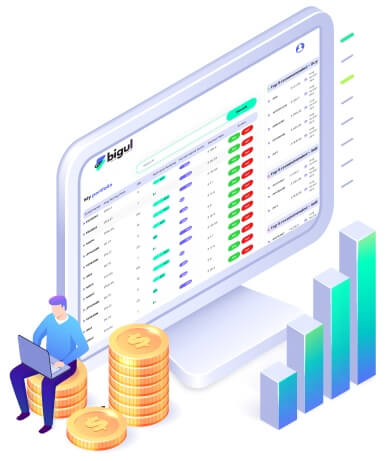1. Risk-Free Environment
In paper trading, there's no need to worry about losing actual money. It's a risk-free environment where you use virtual currency to simulate real market scenarios.
This allows beginners to practice trading strategies, test their market insights, and make investment decisions without the fear of financial loss.
It's like a financial playground where you can learn, make mistakes, and refine your skills, all while safeguarding your wallet from any potential negative impact.
2. Learning Basics
Paper trading allows you to test your trading strategies, learn how the market works, and gain experience in a risk-free environment. Trades are placed through a brokerage platform or charting software that has been “switched” to paper trading mode. It offers several advantages, including:
- Identifying flaws: You can identify potential shortcomings and strategic weaknesses without risking real money.
- Building confidence: By simulating trades, you can strengthen their confidence and build up useful statistics about the current market
3. Building Confidence
In paper trading, you build confidence by practicing without real money. As you make simulated trades and witness successful strategies, you gain assurance in your decision-making abilities. This risk-free environment lets you experience the highs and lows of trading without the fear of financial loss.
Over time, this confidence becomes a valuable asset when you eventually transition to live trading, allowing you to navigate the markets with a greater sense of self-assurance.
4. Market Familiarity
Paper trading helps you get to know the market like a pro. The platform provides real-time information about what's happening in the financial world, including market trends and breaking news.
This exposure helps you understand how different events can affect stocks and other investments. It's like having a backstage pass to the financial show, giving you insights into economic indicators and helping you make smarter decisions when you decide to step into the real trading arena.
5. No Capital at Risk
With paper trading, you don't risk any real money, giving you the freedom to explore different investments without worrying about capital losses.
This lack of financial risk encourages you to experiment with various strategies, helping you discover what works best for your trading style.
By removing the fear of losing capital, paper trading provides a safe and flexible environment for learning and gaining confidence in the complex world of financial markets.















